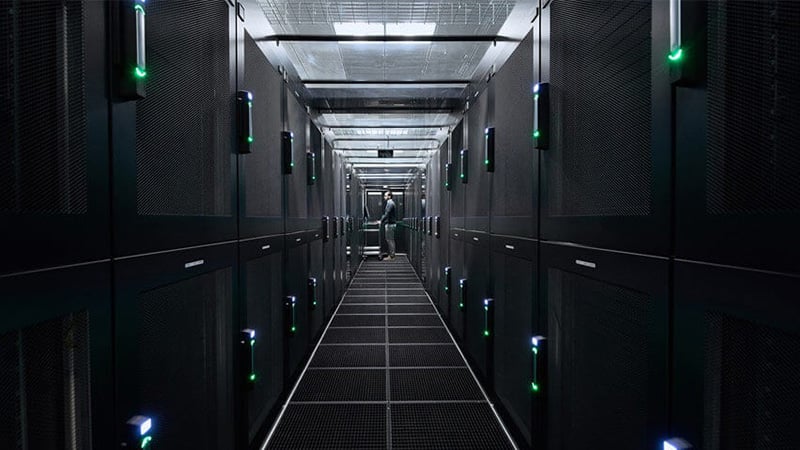Rising global temperatures pose an increasing risk to the resilience of well over half of the world’s top 100 data centre hubs, according to a latest research. Growing cooling requirements will increase water and electricity demand, exposing data centres to rising costs, potential conflict with local communities over resources and power outages where energy infrastructure is less resilient to climate change.
Data centers are the digital backbone of businesses worldwide. Laura Schwartz, Senior Asia Analyst at Maplecroft, says that “the third-party operators of these facilities represent a critical link in global supply chains. Data center resilience is an emerging supply chain risk that requires immediate attention from management.
Heat waves already constitute a major risk to data centres. In 2022, summer heat waves in the UK and US caused several data centres to go offline, disrupting businesses reliant on cloud-based servers. Currently 56% of the top 100 data centre hubs score as ‘high’ or ‘very high’ risk for cooling degree days, but in a high-emissions scenario (SSP585), this increases to 68% by 2040 – and 80% by 2080.
The top 100 data centre hubs will on average see an 83% increase in cooling degree days from 2030 to 2080.
For many data centres, the key ingredient for cooling is water. By 2030, 52% of global data center hubs will face “high” or “very high” water stress risk, rising to 58% by 2050.
The risks have the potential to spill over into the social and political realms. Conflict over access to water with local communities can spark unrest, posing reputational risks to organizations.
The Middle East and parts of North America, in particular, face significant challenges. Data centre capacity in Asia is set to nearly double by the start of the next decade, exacerbating water availability concerns.
Data centres’ energy use is already straining power grids across the world. They currently account for around 1.5% of global electricity demand, but by 2030 this is expected to reach 3%. While most top data center hubs have a low energy risk, extreme heat will reduce the efficiency of power transmission. By 2050, 27% of the top 100 data center hubs, mostly located in Asia and the Middle East, will be at “high” or “very high” risk due to extreme weather events that could disrupt energy supplies.
“Data centre operators are innovating solutions to increase resilience and offset sustainability concerns, but rising temperatures increase these challenges,” adds Capucine May, Consultant. “The onus is on operators, customers and investors alike to assess rising climate threats, alongside social and political risk factors – not only for their own resilience, but because of a growing regulatory focus on third-party risk management.”




